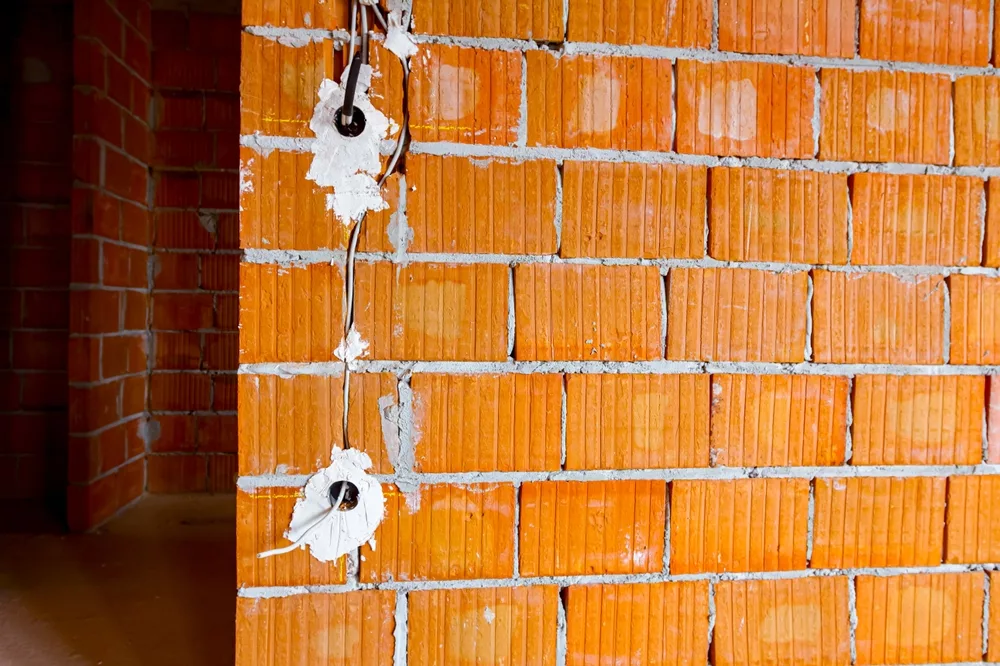Are you scratching your head at loggerhead over coaxial cable CL2 vs. CL3? CL is ratings for connections through walls or ceilings; the most common is CL2 and CL3 circuit wire.
These ratings show the cable meets the NEC test requirements for fire resistance.
The CL mark also determines the perimeter you can safely use the cable. Using the wrong cable at the wrong place can be hazardous.
UL is the most well-known company recognized by NEC to test and clarify these ratings. We will walk you through how UL differs from NEC before we show you the best coaxial CL cable.
Table of Contents
- What Is UL?
- Important Standards for CL2 & CL3 Issued by UL
- UL Standards vs. NEC: What is the Difference
- Coaxial Cable cl2 vs cl3: How to Choose
- Coaxial Cables CL2 vs Cl3 – FAQ
- Coaxial CL2 vs CL3: The Judgment
What Is UL?
Underwriter Laboratories (UL) is a third-party certification company founded in 1894 in Chicago. The company issues safety standards certification to products, including cables and wires, to make the world safer for consumers and workers. It sets standards for industries to follow when innovating new products.
Important Standards for CL2 & CL3 Issued by UL
UL test and evaluate more than 70 wires and cables categories to national and international safety standards.
However, the standards related to coaxial CL2 and CL3 are only two; UL 13 and UL 1581. UL 13 is a standard for Safety Power-Limited Circuit Cables, while UL 1581 is for Vertical flame.
UL Standards vs. NEC: What is the Difference
National Electric Code (NEC) is a thousand pages of guidelines published by the National Fire Protection Association. It covers minimum standards for nearly everything that electrical wiring involves. These range from the cables to the alarm system to machinery.
Though it is not a federal law, all 50 states recognize it as their building guideline. Its main purpose is to prevent fire, minimize the risk of shock, and reduce the production of toxic fumes.
You already know about UL. Where these two companies link up is in the listing requirements. UL listing has to comply with NEC requirements. In other words, NEC creates listing requirements, and UL meets those standards in what it certifies.
However, UL greatly influences the National Electric Code. NEC demands that all your electrical utilization systems meet safety standards developed by UL.
That said, Underwriter Laboratories can determine the rules that NEC will include in their new editions. However, it doesn’t have the power to enforce it. It can only enforce its standards.
Coaxial Cable cl2 vs cl3: How to Choose
Coaxial cable CL2 and Cl3 are designations for class 2 wire and class 3 wire, respectively. They are similar in many ways, ranging from regulations to applications.
For instance, they both fall under NEC Articles 640, 725 & 820 and are ideal for in-wall speaker installation, among other appliances.
The difference is in the voltage rating. CL2 has a voltage rating of 150 V, while CL3 has a rating of up to 300 V (NEC 725.71 F).
This means the CL2 cable jacket will not burn in case of a sudden electric power rise of up to 150 watts. In addition, the cable is flame resistant. That is, it will not carry or hold a flame.
For CL 3, a sudden electricity surge of up to 300 watts will not burn the jacket, and the cable is also flame resistant.
While CL2 can offer some protection from electric shock, CL3 can offer more due to its ability to carry more voltage (NEC 725.2). Besides, you can use CL3 instead of CL2 but not the other way around.
While CL2 is common in copper cables, including Bare Copper Wire, HDMI cables, VGA, and Coaxial cables, there are a few CL3 selections. Only the HDMI cables, Luxe Series, have this rating.
CL rating can also bear markings such as CL2R or CL3R and CL2P or CL3P if riser or plenum, respectively. We use riser cables for installation between the walls, while a plenum is ideal for areas that experience air circulation, such as ducts.

Coaxial cable in-wall installation
Coaxial Cables CL2 vs Cl3 – FAQ
What is CL3 Wire Used For?
CL3 has a higher voltage, and you can use it in place of CL2, which gives it a more comprehensive range of applications.
Some typical applications include intercom wiring, security, signal wiring, internet installation, room, wall & ceiling speakers installation, and television wall installation.
Is CL3 Better than Cl2?
CL3 offers more protection from electric shock than CL2, according to NEC 725.2. This is because it carries more voltage.
Besides, you can use class 3 wires in place of class 2 wires but not the other way around. However, the best will depend on the intended application.
Coaxial CL2 vs CL3: The Judgment
These coax cables are more similar than they are different, and it is hard to settle on the best. We recommend you consider the voltage you are working with when choosing. CL3 carries more voltage than CL2.
Besides, the fact that you can use CL3 in place of CL2 but not the other way around gives it a broader range of applications. For more information on the right cable rating for your application, contact your local electric code enforcement.
